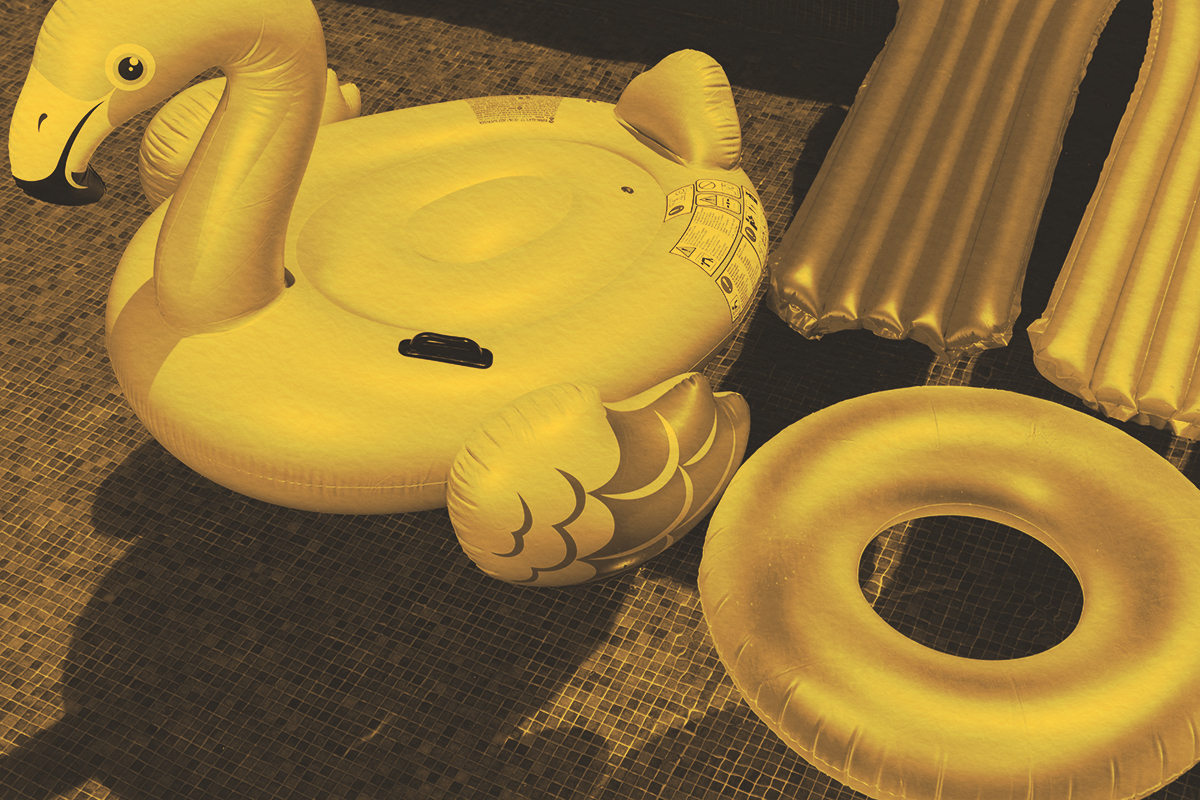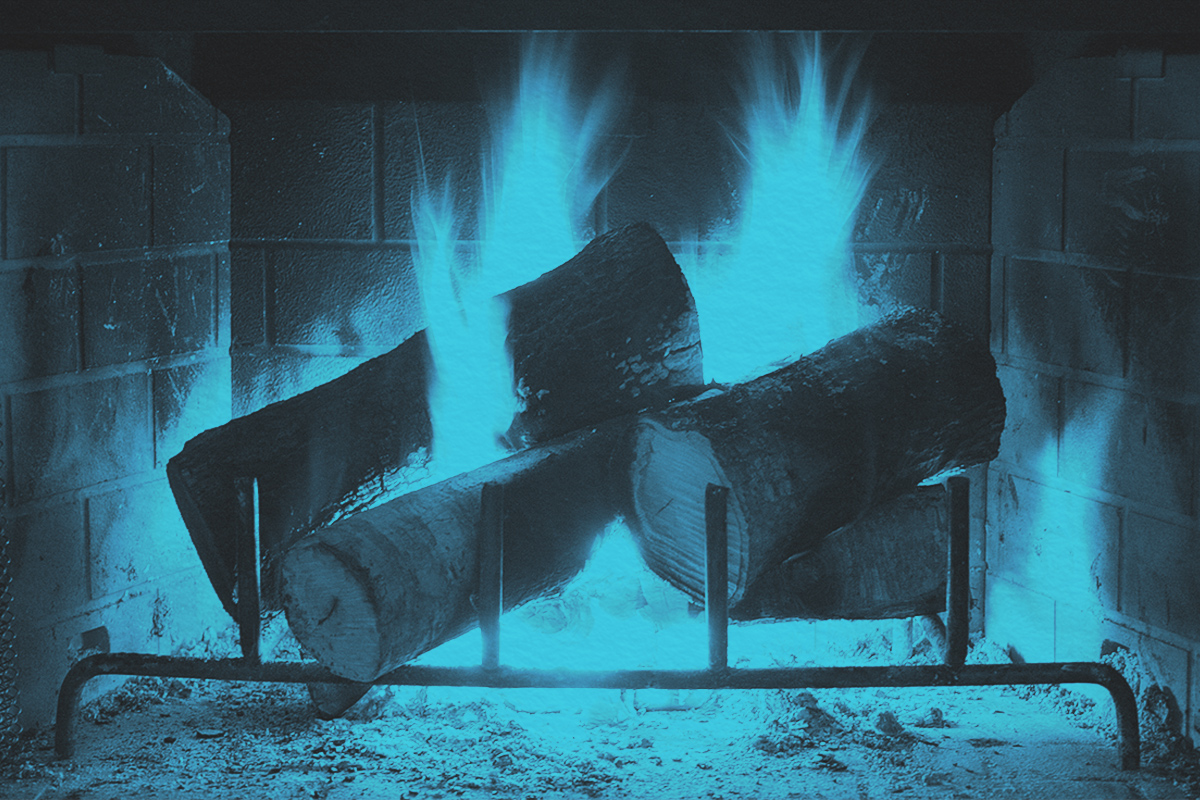
Scandinavia, Germanic Europe, and the British Isles have centuries-old festivals of dancing and folk songs with charming lyrics to celebrate spring or early summertime. Dancing around the maypole — a tall, thin, wooden pole, often adorned with floral garlands, other greenery, and colorful ribbons — is a tradition that began in pagan festivals, but it came to America with early settlers. The maypole features prominently in folk song lyrics across many cultures, celebrating the joys of the warmer seasons.
Maypoles have long been an essential part of the May Day (traditionally May 1) celebrations for which they’re named. This European folk festival, with roots in the ancient Roman festival Floralia, celebrates the transition from spring to summer. (“May Day” can also refer to International Workers’ Day, which celebrates workers’ rights around the world on May 1.) But despite their May-centric name, maypoles are also part of the Midsommar celebrations in Scandinavia, which honor the summer solstice in June. The poles were incorporated into Midsommar festivities by the 1500s — they’re called midsommarstång in Sweden, with stång being Swedish for “pole.”
May Day dancing is often accompanied by folk songs with simple lyrics that are easy to memorize and don’t distract from the dancing. Unlike the comparatively serious church music of the 16th and 17th centuries, these lighthearted ditties were written to evoke feelings of positivity, celebration, innocence, and fun.
Take, for instance, the 17th-century song “Come Lasses and Lads,” still sung around maypoles today:
And away to the maypole hie
For every fair has a sweetheart there
And the fiddler’s standing by.”
“Here We Go ’Round the Maypole High” — sung to the tune of “Here We Go ’Round the Mulberry Bush” — follows an even simpler repetitive pattern: “Here we go ’round the Maypole high, the Maypole high, the Maypole high, here we go ’round the Maypole high, let colored ribbons fly, let colored ribbons fly.” These words seem to be written to capture the joy of spring, not to impress audiences with lyrical complexity.
Maypoles — and in turn, the related folk songs — came to the U.S. with English settlers in the early 17th century. In 1627, Merrimount settler Thomas Morton staged an inadvertently scandalous maypole celebration that left Puritan settlers aghast. They were taken aback by lyrics such as “Uncover thy head, and fear no harm, For here’s good liquor to keep it warm.” This tale was retold in 1836 by author Nathaniel Hawthorne in a short story titled “The May-Pole of Merry Mount.”
This May 1, will you be dancing around the maypole and singing folk songs? There are plenty to choose from.






















